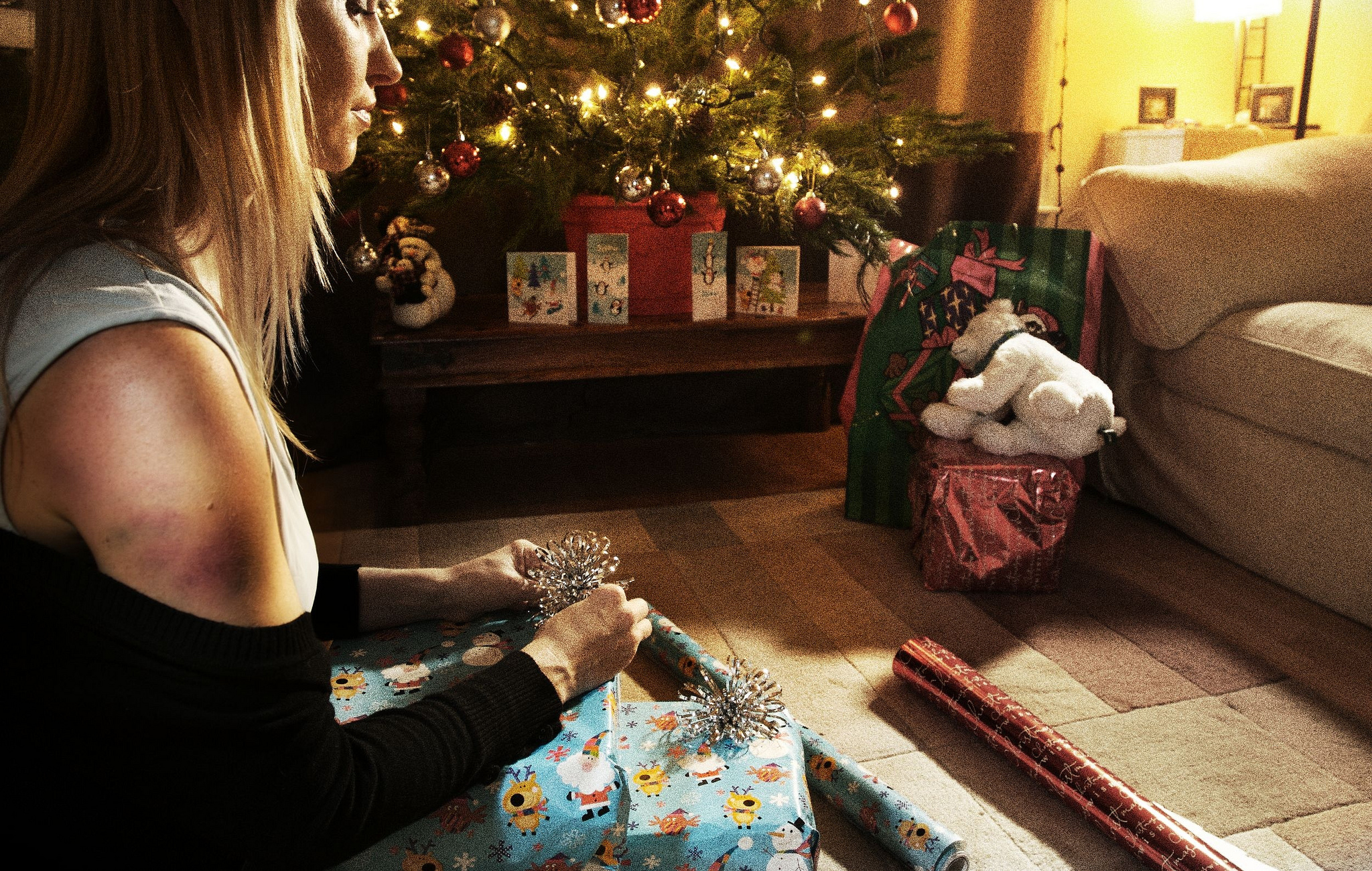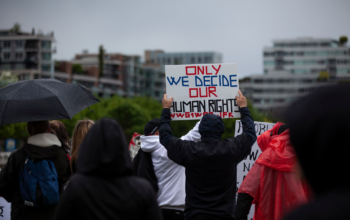The other day I was listening to the radio. It was the usual news report, telling me that Russia was still invading the Ukraine and Ulli Hoeness, a big time football manager in Germany was still under arrest for tax fraud. But then I heard the mention of a new study on the violent abuse of women in Europe. Apparently numbers show that every third woman in Europe is a victim of violent abuse!
My first reaction to this of course was to lock the door and hide under the covers. But I know one has to be careful with these kinds of surveys, because they usually don’t tell you where they get their numbers from. Looking on the internet you find thousands of statistics on this issue. Each one produces different numbers and in the end you don’t know which source to trust. However, this survey that was discussed on the radio, had been conducted by the FRA (European Union Agency for Fundamental Rights). As the name implies, it is an agency of the European Union, which has connected their research with a study undertaken by the WHO in 2013, and seems to be a legitimate source. Naturally this information interested (and scared) me to some extent, so I checked the internet for an elaboration on this survey on all the reputable sites I could find and discovered an article about it on the online-magazine of “The Guardian”. What I found there did not ease my worries in any way.
42.000 women in all 28 EU member states had been interviewed and 33% (every third woman) reported having experienced some form of physical and/or sexual abuse since the age of 15. Every 20th woman reported having been raped at least once in her life. The numbers showed that Denmark has the highest rate of violence with 52%, followed by Finland with 47%, and Sweden with 46%. Even Germany is slightly above average, with a rate of 35% of women reporting that they have experienced violent abuse.

But doesn’t it sound strange, that some of the richest countries in Europe show the highest numbers of violence and sexual abuse? What about Bulgaria, one of the countries with the highest amount of sex trafficking? Isn’t it odd, that this country shows lesser numbers of violence or sexual abuse than a country like Sweden?
It makes me wonder how trustworthy even a survey by the FRA can be. Not because they give us false numbers, but because there is no way of determining how high the hidden figures are. Many women are embarrassed or ashamed to talk about the abuses they have suffered. And many of the victims in poor countries probably would never take part in this kind of study. If they, for example, have an abusive husband, what are the chances of them being allowed to give an interview to a complete stranger? How many of them would be brave enough to do it secretly?
Denmark, Finland, Sweden, and Germany are all rich and developed countries with relatively high gender equality. Women are educated and know the facts and dangers about physical and sexual abuse. It is an openly condemned issue in society, which makes it easier for victims to find the courage to report cases of abuse. Of course this does not apply to all women, and there are cases of unreported abuse here as well, but it is very likely that these cases are much more rare than in a place like Bulgaria or Romania; countries with fragmented social insurance and educational systems which may not have the means, nor the capabilities, to educate women about abuse and its consequences. In addition, there is the question of law. How do you define violence and abuse? How severe does the abuse have to be in order for the police to investigate? The criteria differs from one country to another, which makes it difficult to conceptualize statistics based on police reports or convictions.

Taking into account all these difficulties must be addressed when conducting a survey makes me wonder how to handle this information as a reader? Do I label this kind of study as untrustworthy and ignore the compelling numbers, because the true extent to this issue is not transparent enough? Or do I trust the numbers presented by the researchers completely and in the future choose spend my holidays in Romania, rather than in Sweden? How do I assess this information that is presented to me so definitely?
My suggestion is to compromise. Be aware of the barriers researchers come across when studying this field, but in no way ignore the issue at hand. The number of women who are, or have been, a victim to violence or abuse are tremendous and it is incredibly important to have this in mind and create awareness. It is a problem that has been present for centuries and will, without a doubt, have to be dealt with for years to come. It is not a solution to shut one’s eyes in the face of this issue, just because it is difficult to measure, on the contrary, it has to be openly addressed and denounced as unacceptable. However, in my opinion, we should not cling to printed numbers, but look beyond the black and white and create awareness where it is needed the most.
Photo credits:
Picture 1: West Midlands Police, licensed under CC BY-SA 2.0
Picture 2: Jeffrey, licensed under CC BY-ND 2.0





